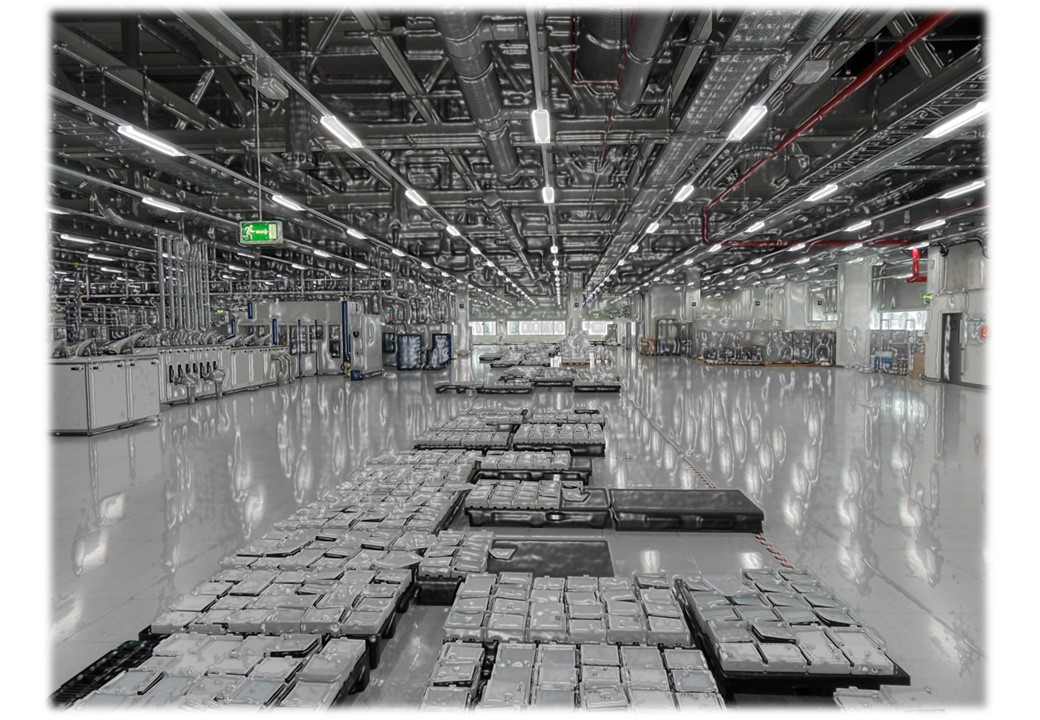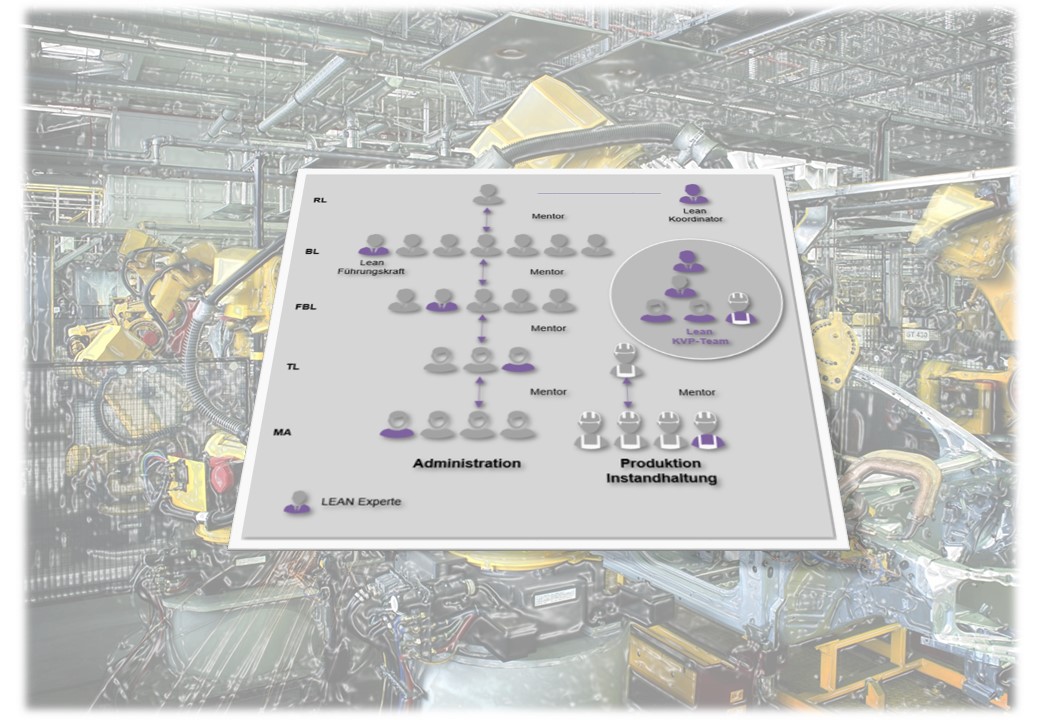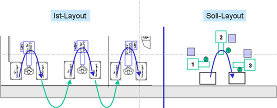LATEST NEWS
48V battery production ramp-up highly critical: ILS stabilises output

The ramp-up of 48V battery production at automotive suppliers is highly critical. The current problems are manifold. Among other things, poor performance, process and supply issues lead to under-delivery to customers. ILS stabilises performance and value stream through professional management experience, expert knowledge and sustainable problem-solving competence...
Cost-cutting initiative at a medium-sized company: Increasing efficiency in the organisation

ILS brings lean organisation to medium-sized companies! An organisational structure perfectly tailored to your goals. It all began with a thorough analysis of internal processes. Expanding responsibilities leads to success.
Factory planning: Near Helsinki
Fascinating factory planning project near Helsinki: To kick off the project, we carried out a quick review of the current production process in the factory. The existing database was checked for "value-adding" and "non-value-adding" parts. In addition, we analyzed the material flow of both prefabrication and the main lines in order to identify optimization opportunities. Our task is now to design a material flow that is optimally tailored to the customer's needs, focusing in particular on the layout of the workstations using lean management methods. The aim is to significantly reduce production costs and increase output.
Expansion: MIAS doubles production volume in Hungary
.webp)
Expansion: MIAS doubles production volume in Hungary
The Karlsruhe-based consultancy Integrated Logistics Systems (ILS) has taken on the role of general contractor for the overall planning of the production and logistics processes for the Hungarian site in Gyöngyös of the Munich-based Jungheinrich subsidiary Mias. As the company has announced, the plant located around 50 kilometers northeast of Budapest is considered the central production site for storage and retrieval machines (SRMs) for Europe and overseas...
ILS-MEDIA LIBRARY
DOWNLOADS
INTEGRATED LOGISTICS SYSTEMS
Postweg 51
D-76187 Karlsruhe
Germany
Tel: +49 721-97037-27
E-Mail: info@ilsystem.de
Toyota Production System
INTEGRATED LOGISTICS SYSTEMS provides support with the introduction of production systems modelled on the structures of Toyota production systems. In this context, we not only pay attention to the methodical introduction of the production system, but also focus on the importance and approach of the continuous improvement process (CIP), meaning real continuous improvement towards an ideal state. You can only reach a top position in productivity comparisons through continuous and systematic process optimisation, through problem detection and problem solving that are integrated into day-to-day operations. At close inspection, you realise that continuous improvement can be seen in most operations at Toyota, while it still appears to be absent in most European companies.
 |
| Picture: Process optimisation => one-piece flow |
The technical orientation and the practical experience of our consultas set us apart from other consultancies in the implementation phase, where the existing potential is realised. Small, simple measures often have a large impact. It is important that the continuous improvement measures involve the people in a company. The CIP frame of mind supported by the management must be transmitted to the company’s employees. We support our customers in creating the right climate, in providing the conditions for the successful life of a production system.
Only when problems are uncovered can improvement happen. If everything appears to be running smoothly, this is not helpful, because the problems remain hidden, and there is therefore little opportunity for improvement. INTEGRATED LOGISTICS SYSTEMS uncovers the problems existing in the company through a systematic examination of the processes. We provide guidance to the company’s employees with eliminating the problems and train them in performing independent problem analysis.
The acting of management and employees must at all times follow the maxim:
"If you no longer have a problem, then that is a problem."
Elements of the TPS:
1. Aim: the continuous improvement of all processes
2. Strategy: elimination of waste in all processes
3. Methods:
- Synchronisation of the processes
- Standardisation of the processes
- Prevention of errors with respect to product and process
- Improvement of the production plant
- Skill up the workforce



